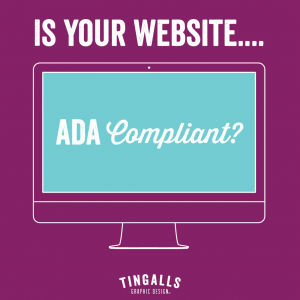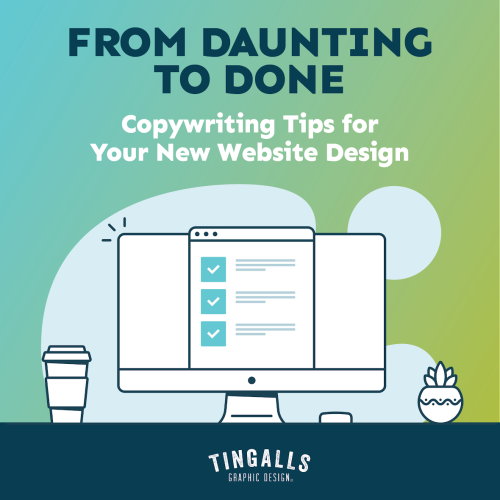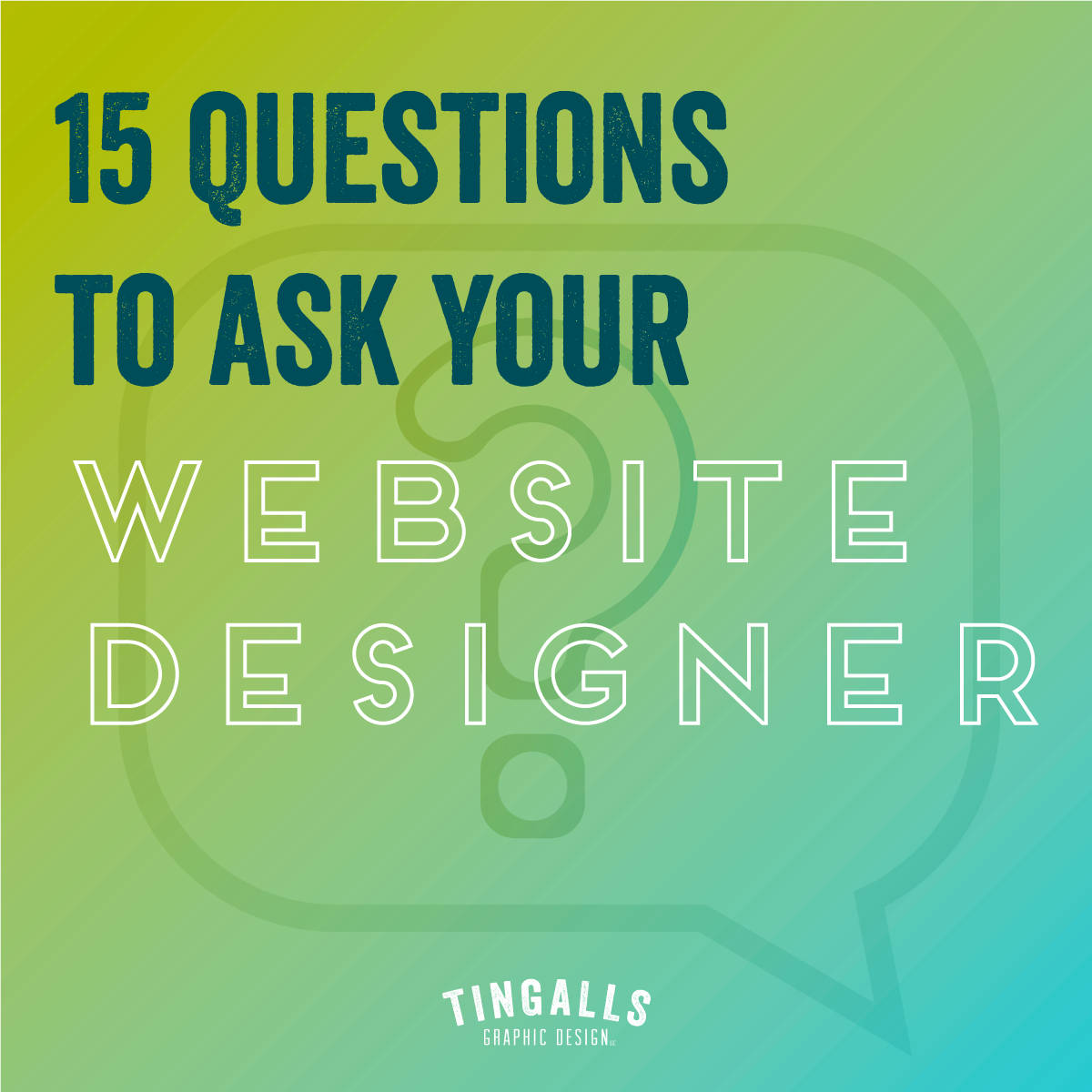Should Your Website be ADA Compliant?
 Being accessible online or ADA compliant can be a confusing term for a lot of businesses. Some people think their sites are accessible once it is “live” via a computer or cell phone. Others only envision physical barriers when thinking about being accessible and often don’t even think it applies to websites.
Being accessible online or ADA compliant can be a confusing term for a lot of businesses. Some people think their sites are accessible once it is “live” via a computer or cell phone. Others only envision physical barriers when thinking about being accessible and often don’t even think it applies to websites.
According to Title III of the Americans with Disabilities Act (ADA), which governs the rights of persons with disabilities, disability-based discrimination is prohibited for all “places of public accommodation.” That includes not only businesses owned by the government but also private businesses that serve and are open to the public. Title III also states that companies with at least 15 full-time employees and operating for 20 or more weeks every year must also comply with the law.
Why Make Your Website Accessible to All?
Making your website accessible for all is not only the right thing to do, but it also is the smart thing to do. You must consider ADA compliance for your websites from not only a human perspective but also from a legal perspective. Because we don’t know which direction ADA compliance will go, it just makes sense to begin with adherence in mind.
Where to turn for website ADA advice?
Unfortunately, the ADA does not provide exact guidelines for making your website compliant. But we have compiled a list of a few resources that you can turn to for more clarity.
- Web Accessibility Initiative – The WAI provides strategies, standards, and resources that are clear guidelines. They also offer further website accessibility resources, including how to test for compliance.
- The Penn State Accessibility Checklist – This site was created for Penn State University faculty and staff. Still, it is a great way to check your website during the design and development process to help with ADA compliance.
- Free tools for testing for accessibility – This site offers a few free tools that break down your website and checks varying aspects of it, including a color contrast checker, a page tester, and a color picker.
- Web Accessibility Evaluation Tool – The WAVE website is the holy grail of website accessibility checkers. Within its website, you can enter your URL to have a single page checked. It provides a sidebar that lists errors, warnings, and features found on your page.
Some Good News
At Tingalls Graphic Design, we follow many best practices that already start you out on the right foot for website accessibility when designing a new website. These include consistent, organized layout; meaningful content order and navigation; smart use of color and contrast; alternative text descriptions on all images, and descriptive headings and page titles.
Where to start?
A good faith effort is a great place to start. It goes a long way in achieving reasonable accessibility for all users. Consulting your attorney if you meet the criteria that requires ADA compliance is always a good idea but don’t let that intimidate you. Some of the best accessibility options are simple fixes.



